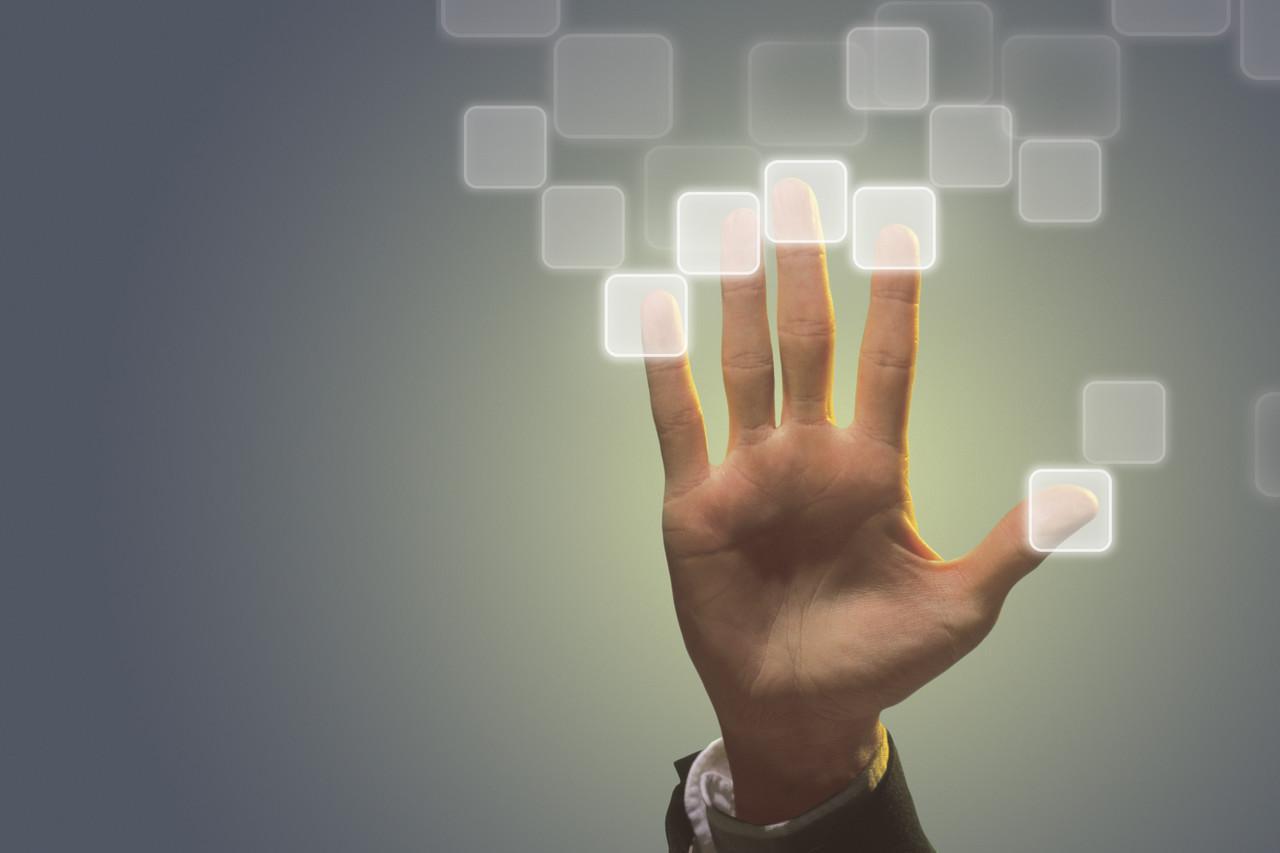With new technology presented to us on almost a daily basis, it can sometimes feel overwhelming to keep up. We’ve evolved from the days of dial-up internet and brick-sized cell phones to our current hi-speed tablet and sleek smartphone world. There’s a shortcut and app for just about everything.
The way we interact with our devices has also drastically evolved. Since the early days of the typewriter, we have been trained to type using a specific technique for the QWERTY keyboard: sit up straight, use muscle memory, and type without looking at the keyboard. Those typewriters evolved to keyboards for personal computers (PCs). Then the monitor, keyboard, and mouse were merged into one product with the introduction of the laptop. Fast forward a few years and we have tablets and smartphones. These portable devices have brought the touch screen into mainstream use. The touch screen revolutionizes the way we interact with technology as it creates a faster response (when you’ve touched the right thing on your screen!), and somehow (most of the time), we feel more in control because the power is literally right at our fingertips. Tablets and smartphones have familiarised us with the touch screen. Still, a further push is the introduction of the touchscreen PC. It’s as if the technology companies would like us to interact with our computers like on “the Matrix”. Currently, the touchscreen PC is designed to sit on our desks like a regular PC, but we would use the touchscreen like we use a tablet: with our fingers.
From Scientific American (January, 2013) comes an article by David Pogue entitled “The Trouble with Touch Screens”, which explains why our PCs “still need the keyboard and mouse”. Pogue outlines the four major differences between our everyday portable devices (smartphones, tablets) and touchscreen PCs:
1) Angle: when we place a touchscreen PC on our desk, we typically position it vertically. The screens of our smartphones or tablets are horizontal (and subject to easy user-manipulation).
2) Distance: we can keep our portable devices closer to our bodies (i.e. we hold our tablets, and place laptops in our laps); but PC screens require further reach because they are on a desk.
3) Time interval: you sit down to work at a PC all day; you don’t spend the same amount of time working on your smartphone or tablet.
4) Coordination: on a PC, you’re not tapping “big, finger-friendly icons. You’re trying to make tiny, precise movements on the glass, on a vertical surface, at arm’s length”. We have the ability to quickly bring our smartphones closer to us, but this may be more difficult with a desktop PC.
Pogue trialed a touchscreen PC and reported that these factors led into an affliction he described as “gorilla arm”, a result of him “extending [his] right arm to manipulate that screen for hours”.
Technology has one consistency – constant change. The use of the touchscreen changes the way we work. However, the intended use with the touchscreen PC does not match the common office workstation set-up. The problem lies with the fact that either our neck posture (viewing height) or our arm posture (touch height) is compromised. If a touchscreen PC is used for the majority of a worker’s day, awkward postures are introduced. An alternative to the touchscreen PC may be a voice-command typing program (to minimise typing demands). Now consider the design of the open office cubicles while implementing a voice activation system….
The way we work is evolving, which will mean new furniture requirements. Ergonomically speaking, the work should fit the worker, and the worker should not have to adopt the “gorilla arm” to work! Using the “best tool for the job” goes beyond literal application (i.e. choosing a drill instead of a screwdriver). With the help of an ergonomist, ergonomics can be applied to how we use technological devices at work. If we are certain that the touchscreen PC offers advantages over a traditional PC, then we need to get to work to find or develop furniture and work methods that will allow us to work without bent necks or sore shoulders!


